
A Day Without Agriculture (Grades 3-5)
Students explore the wide scope of agriculture, identify the variety of agricultural products and by-products they use in their daily lives, and discuss the difference between needs and wants.

Students explore the wide scope of agriculture, identify the variety of agricultural products and by-products they use in their daily lives, and discuss the difference between needs and wants.
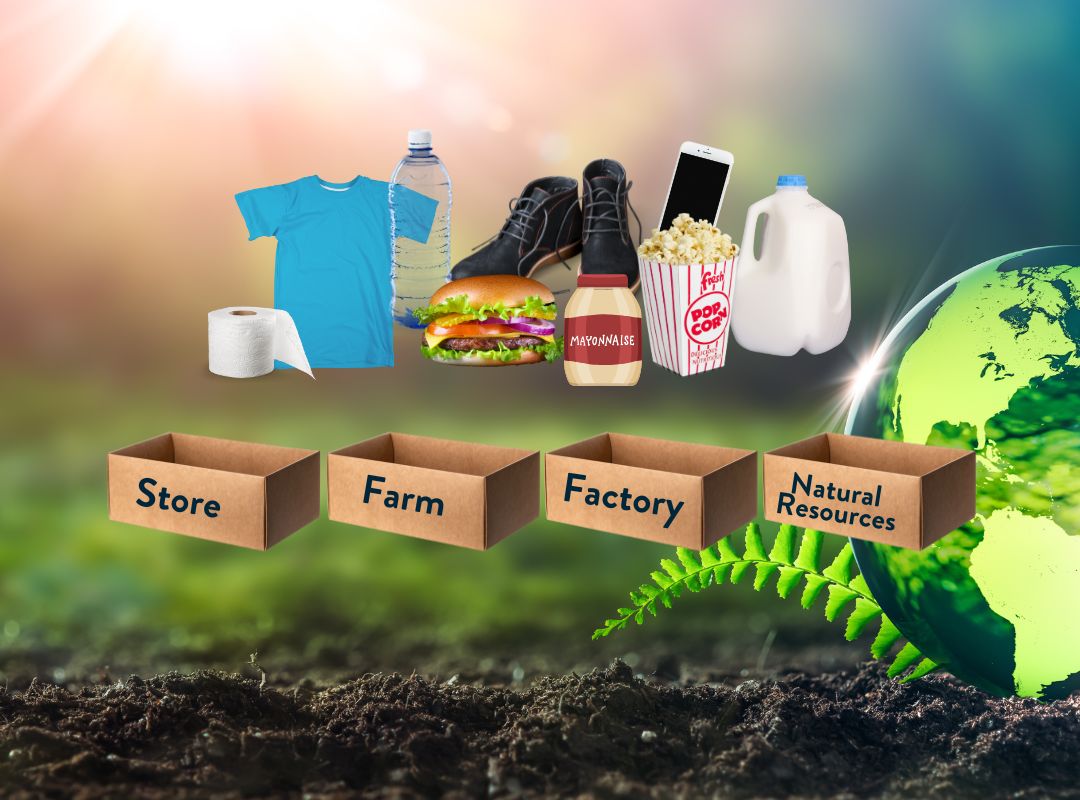
In this lesson students will learn that agriculture provides nearly all of the products we rely on in any given day by participating in a relay where they match an everyday item with its "source."

In this lesson students will learn that agriculture provides nearly all of the products we rely on in any given day by participating in a relay where they match an everyday item with its "source."
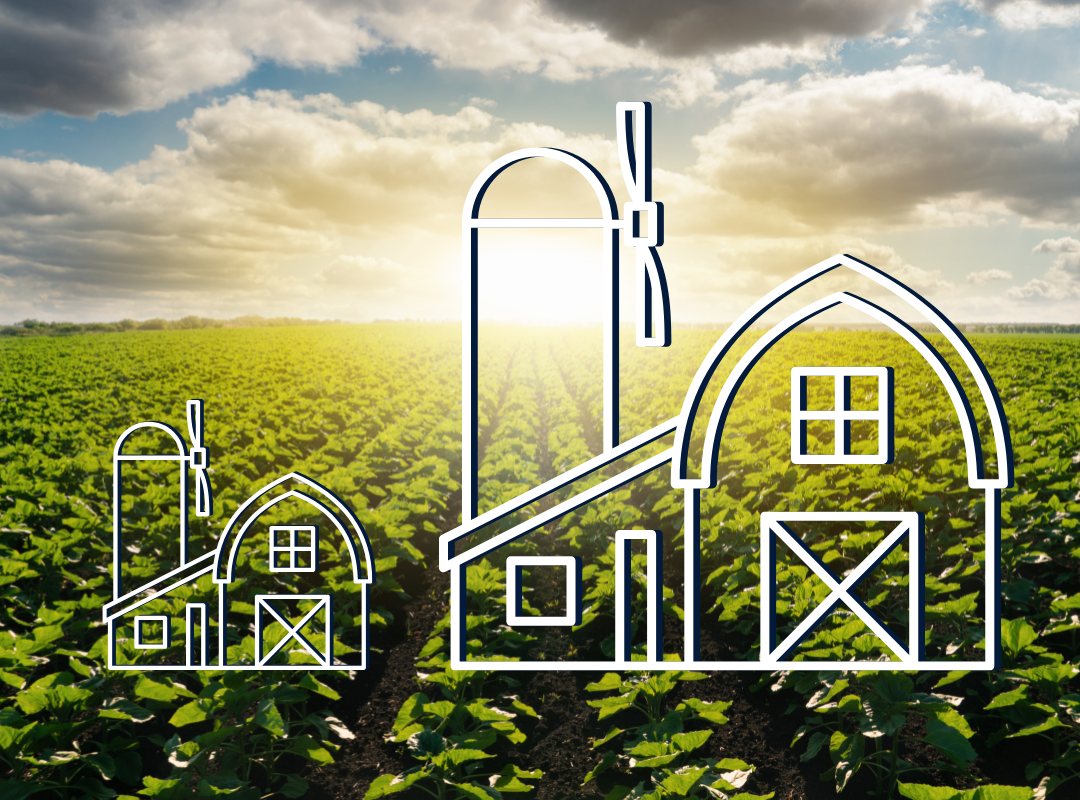
Discover how technological advances and economic forces influence the size of farms in the United States. Evaluate the pros and cons of large-scale agriculture for the production of our food, fuel and fiber and identify the similarities and differences in commercial vs subsistence farming.
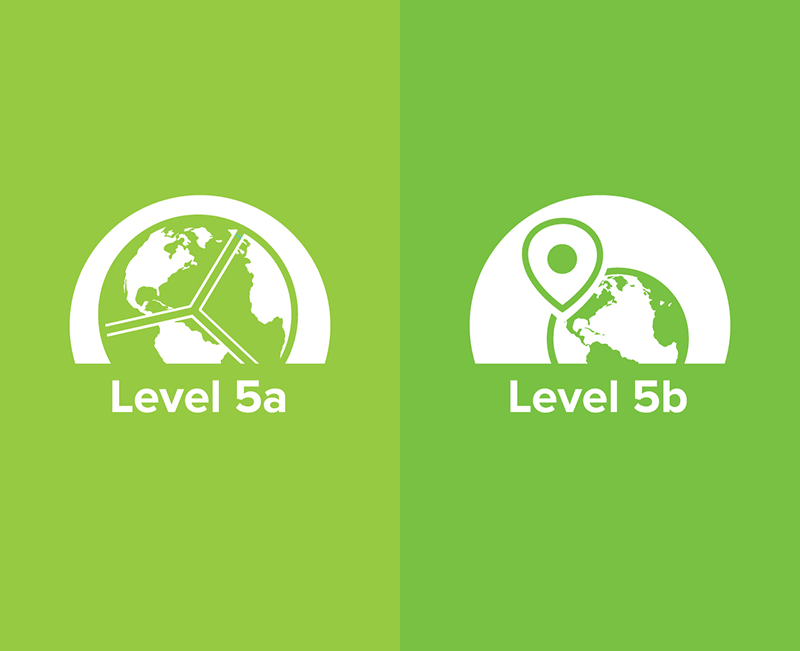
Students will recognize that arable land (ideal land for growing crops) is a limited resource, identify best management practices that can be applied to every stakeholder’s land-use decisions; and analyze and discuss the impacts of food waste on our environment.

Students will recognize that arable land (ideal land for growing crops) is a limited resource, identify best management practices that can be applied to every stakeholder’s land-use decisions; and analyze and discuss the impacts of food waste on our environment.
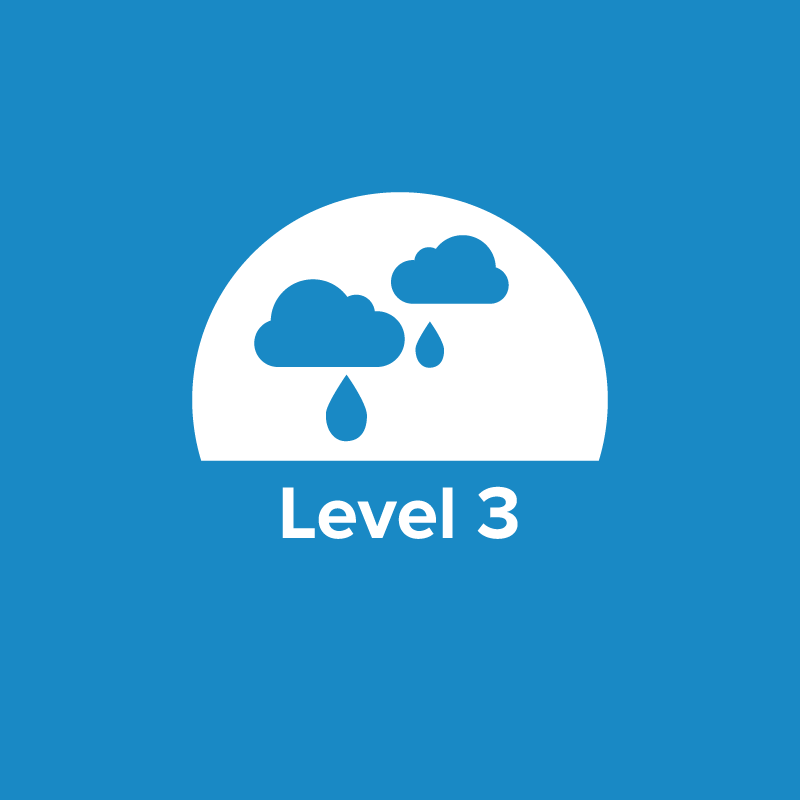
Students will discuss the limited amount of fresh water on earth, identify how best management practices can reduce water consumption, discuss the need for water conservation and protection, and compare and contrast methods of irrigation for water conservation.

Students will discuss the limited amount of fresh water on earth, identify how best management practices can reduce water consumption, discuss the need for water conservation and protection, and compare and contrast methods of irrigation for water conservation.
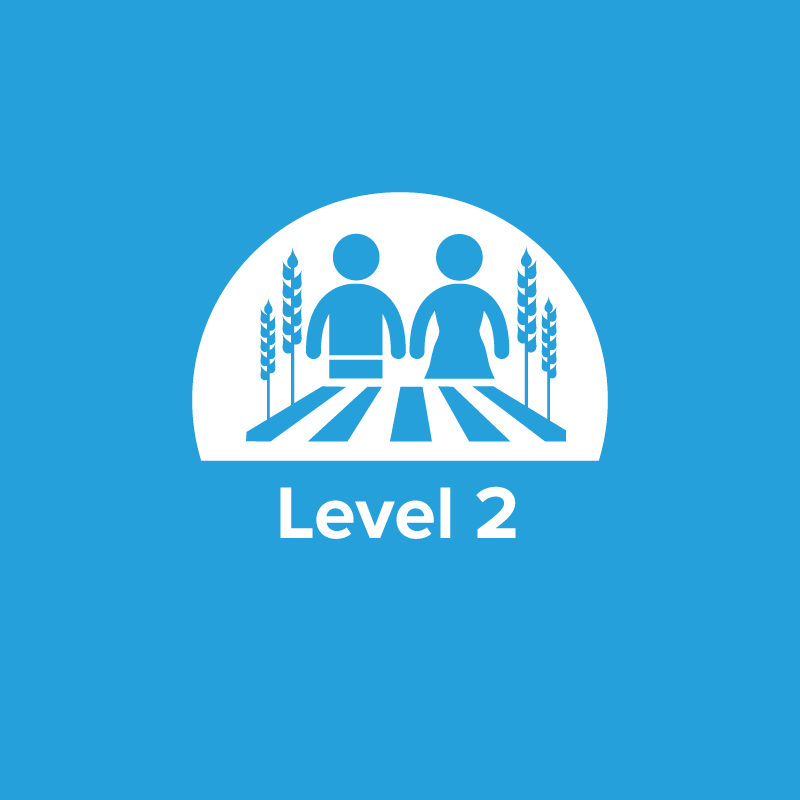
Students will identify nitrogen, potassium and phosphorus as primary soil nutrients necessary in the production of abundant and healthy foods, describe various methods of replenishing soil nutrients that have been depleted by plant growth, discover how overall plant health impacts a plant’s ability to resist disease and pests and describe what best management practices are in agriculture to improve overall sustainability.

Students will identify nitrogen, potassium and phosphorus as primary soil nutrients necessary in the production of abundant and healthy foods, describe various methods of replenishing soil nutrients that have been depleted by plant growth, discover how overall plant health impacts a plant’s ability to resist disease and pests and describe what best management practices are in agriculture to improve overall sustainability.
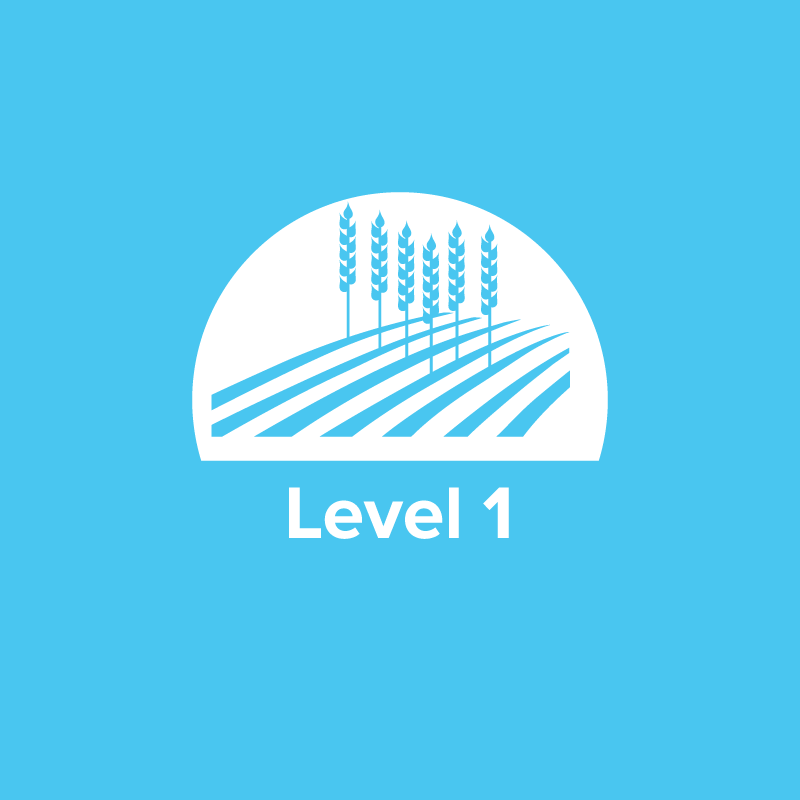
Students will explore the question, “How will we sustainably feed nearly 10 billion people by the year 2050?” as they discover what sustainable agriculture is and how it is critical to securing a stable food supply and future for a growing population.
Students will apply a basic understanding of the laws of supply and demand, learn about different types of egg laying farms, and recognize the impact labeling has on consumer choices.